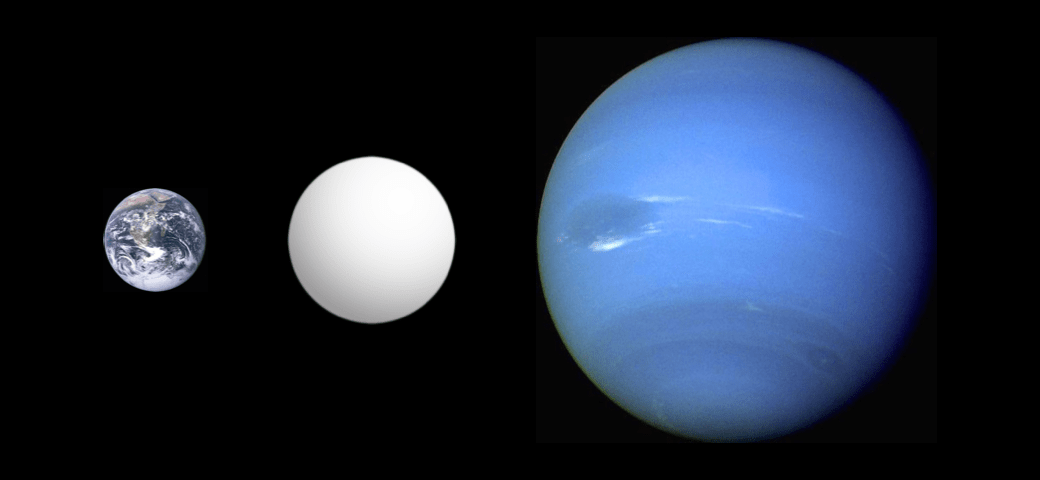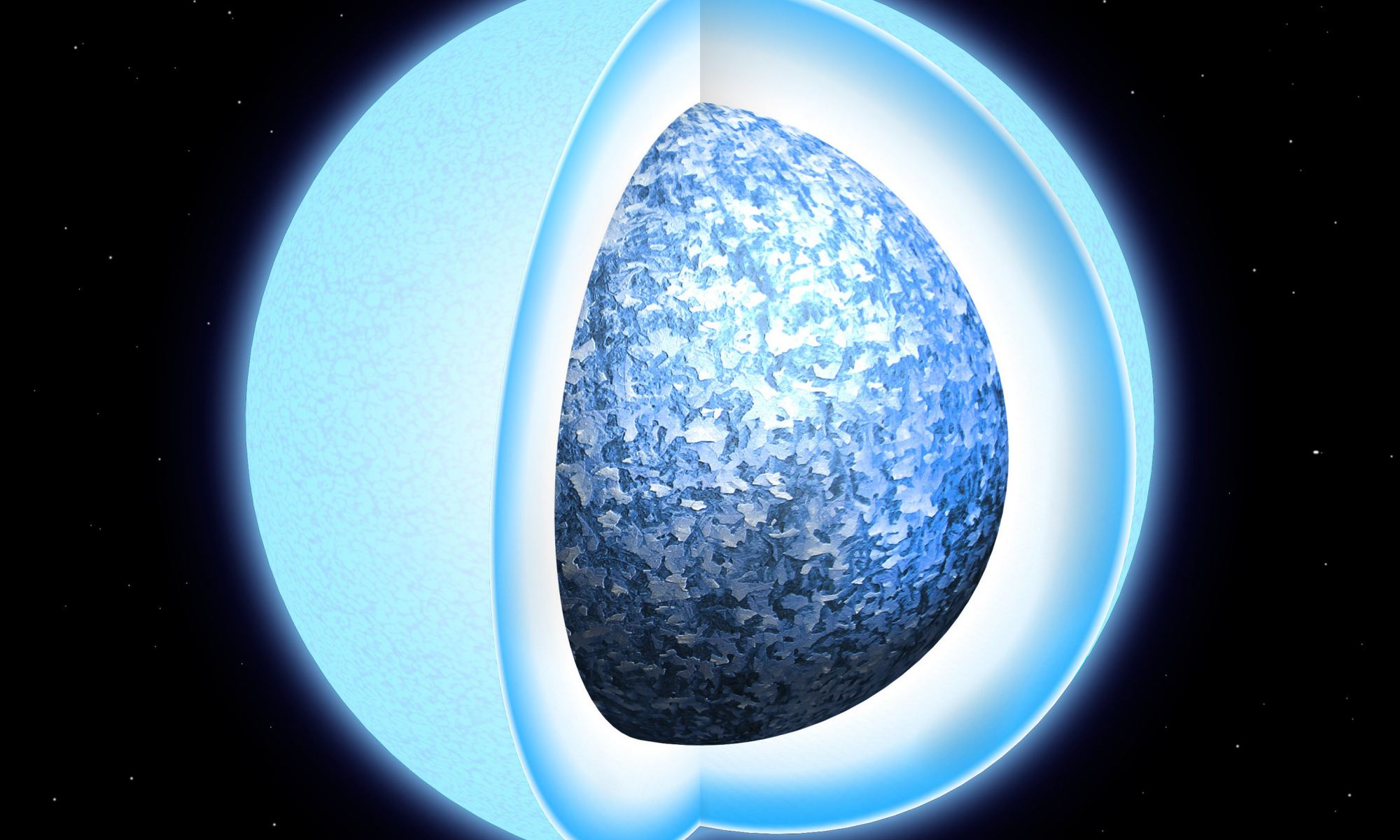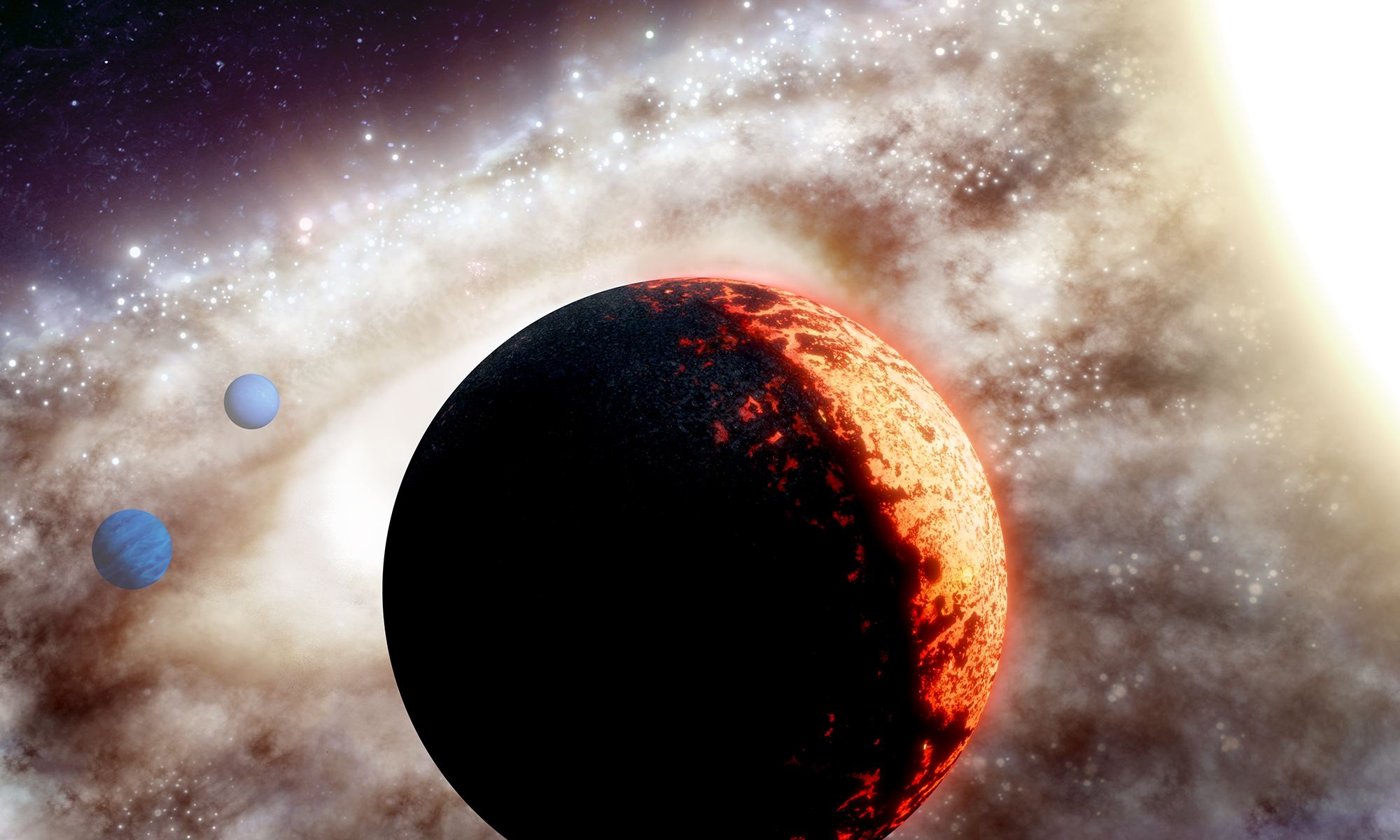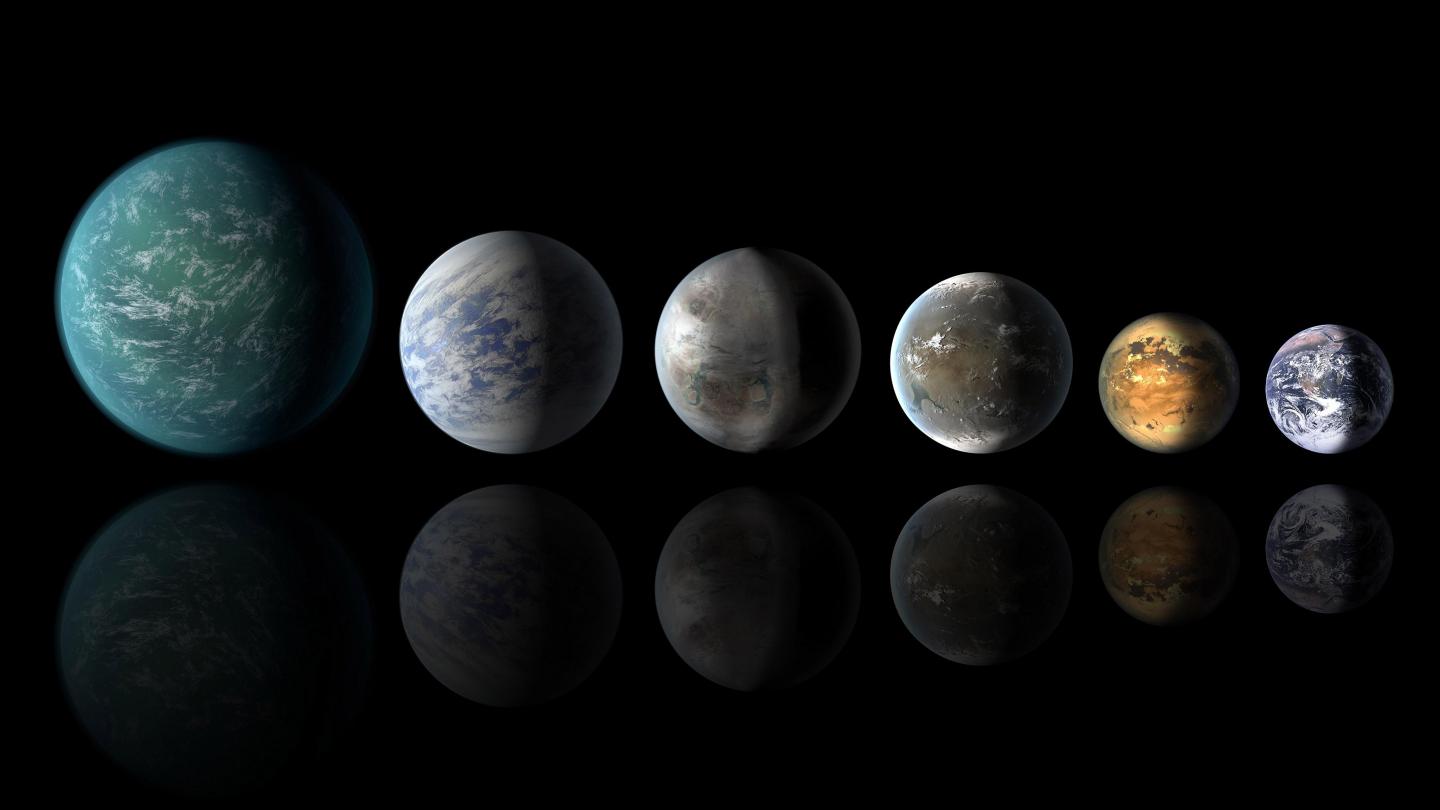Astronomers have been watching planetary systems form around sun-like stars for decades. And now, new observations with the ALMA telescope reveal the same process playing out around the smallest, but most common, stars in galaxy.
Continue reading “Astronomers are now Finding Planetary Disks Around the Smallest, Least Massive Stars”A new Class of Exoplanets can Shrink, From Subneptunes Into Superearths

Mighty planets can be whittled down, leaving behind only their rocky cores, becoming nothing bigger than superearths. While astronomers had long suspected that this could happen, a new study reveals that it can occur in as little as a billion years.
Continue reading “A new Class of Exoplanets can Shrink, From Subneptunes Into Superearths”A Sunlike Star Found With Four (No, Five!) Exoplanets Orbiting It

In just nine months (October 31st, 2021), NASA’s long-awaited James Webb Space Telescope (JWST) will finally be launched to space. Once operational, this next-generation observatory will use its powerful infrared imaging capabilities to study all kinds of cosmological phenomena. It will also be essential to the characterization of extrasolar planets and their atmospheres to see if any are habitable.
In anticipation of this, astronomers have been designating exoplanets as viable candidates for follow-up studies. Using data from the Transiting Exoplanet Survey Satellite (TESS), an international team led by MIT researchers discovered four new exoplanets orbiting a Sun-like star about 200 light-years from Earth. This system could be an ideal place for James Webb to spot a habitable planet.
Continue reading “A Sunlike Star Found With Four (No, Five!) Exoplanets Orbiting It”White Dwarf Atmospheres Might Contain the Pulverized Crusts of Their Dead Planets

Astronomers have developed a new technique to search for exoplanets – by looking for their crushed up bones in the atmospheres of white dwarfs. And it’s working.
Continue reading “White Dwarf Atmospheres Might Contain the Pulverized Crusts of Their Dead Planets”Exoplanetary System Found With 6 Worlds in Orbital Resonance

200 light-years away from Earth, there’s a K-type main-sequence star named TOI (TESS Object of Interest) 178. When Adrian Leleu, an astrophysicist at the Center for Space and Habitability of the University of Bern, observed it, it appeared to have two planets orbiting it at roughly the same distance. But that turned out to be incorrect. In fact, six exoplanets orbit the smallish star.
And five of those six are locked into an unexpected orbital configuration.
Continue reading “Exoplanetary System Found With 6 Worlds in Orbital Resonance”One of the Oldest Stars in the Galaxy has a Planet. Rocky Planets Were Forming at Nearly the Beginning of the Universe

Would it be surprising to find a rocky planet that dates back to the very early Universe? It should be. The early Universe lacked the heavier elements necessary to form rocky planets.
But astronomers have found one, right here in the Milky Way.
Continue reading “One of the Oldest Stars in the Galaxy has a Planet. Rocky Planets Were Forming at Nearly the Beginning of the Universe”Astronomers Capture a Direct Image of a Brown Dwarf
The field of exoplanet photography is just getting underway, with astronomers around the world striving to capture clear images of the more than 4000 exoplanets discovered to date. Some of these exoplanets are more interesting to image and research than others. That is certainly the case for a type of exoplanet called a brown dwarf. And now scientists have captured the first ever image of exactly that type of exoplanet.
Continue reading “Astronomers Capture a Direct Image of a Brown Dwarf”If We Used the Sun as a Gravitational Lens Telescope, This is What a Planet at Proxima Centauri Would Look Like

As Einstein originally predicted with his General Theory of Relativity, gravity alters the curvature of spacetime. As a consequence, the passage of light changes as it encounters a gravitational field, which is how General Relativity was confirmed! For decades, astronomers have taken advantage of this to conduct Gravitational Lensing (GL) – where a distant source is focused and amplified by a massive object in the foreground.
In a recent study, two theoretical physicists argue that the Sun could be used in the same way to create a Solar Gravitational Lens (SGL). This powerful telescope, they argue, would provide enough light amplification to allow for Direct Imaging studies of nearby exoplanets. This could allow astronomers to determine if planets like Proxima b are potentially-habitable long before we send missions to study them.
Continue reading “If We Used the Sun as a Gravitational Lens Telescope, This is What a Planet at Proxima Centauri Would Look Like”Heard of Mini-Neptunes and gas-Dwarfs? Here's a new one: sub-Earths
The planets in our solar system are broadly divided into two groups: small, rocky worlds like Earth, and large gas giants. Before the discovery of exoplanets, it was thought that our solar system was very typical. The light and heat of a star push the gas to the outer solar system, while heavier dust remains closer to the star. Thus a solar system has close rocky planets and distant gas giants. But we now know that planets and star systems have much more diversity.
Continue reading “Heard of Mini-Neptunes and gas-Dwarfs? Here's a new one: sub-Earths”Beyond “Fermi’s Paradox” XII: What is the Waterworlds Hypothesis?

Welcome back to our Fermi Paradox series, where we take a look at possible resolutions to Enrico Fermi’s famous question, “Where Is Everybody?” Today, we examine the possibility that the reason for the Great Silence is that many planets out there are just too watery!
In 1950, Italian-American physicist Enrico Fermi sat down to lunch with some of his colleagues at the Los Alamos National Laboratory, where he had worked five years prior as part of the Manhattan Project. According to various accounts, the conversation turned to aliens and the recent spate of UFOs. Into this, Fermi issued a statement that would go down in the annals of history: “Where is everybody?“
This became the basis of the Fermi Paradox, which refers to the disparity between high probability estimates for the existence of extraterrestrial intelligence (ETI) and the apparent lack of evidence. Since Fermi’s time, there have been several proposed resolutions to his question, which includes the possibility that many exoplanets are Waterworlds, where water is so plentiful that life will be less likely to emerge and thrive.
Continue reading “Beyond “Fermi’s Paradox” XII: What is the Waterworlds Hypothesis?”


